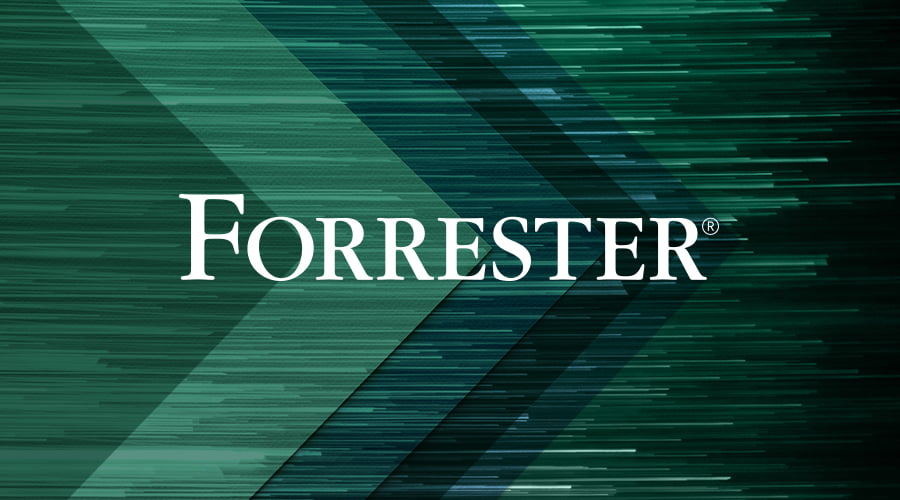What is CRM? It’s not SFA (sales force automation) and it’s not marketing automation – although many use CRM to reference these two technologies. Forrester defines CRM as:
“The business processes and supporting technologies that support the key activities of targeting, acquiring, retaining, understanding, and collaborating with customers.
… that is to support customers through their entire journey with a company.
Today, companies both large and small widely deploy CRM — not as a singular technology, but as a collection of discrete technologies – marketing automation; sales automation (including high velocity sales); eCommerce; customer service; field service technologies. These technologies are underpinned by intelligence (analytics, reporting and AI) and an extensible platform. Read our latest Wave report to understand the strengths of leading vendors in this space.
Five Forces Shape The Modern CRM Landscape
CRM is a mature software category, and have evolved along the following dimensions. CRM today:
- Supports different business models and organization sizes. The CRM needs of a B2B company are different than those of a B2C company — likewise for a midsize company compared with an enterprise. There are many solutions that do a great job at supporting the right size and complexity of an organization.
- Componentizes to enable à la carte purchases. Companies tend to buy CRM to solve a singular business problem or to modernize existing applications. Because of this, CRM vendors have fragmented their offerings – into sales solutions, marketing solutions, CPQ, customer service solutions, for example.
- Verticalizes for agility. Different industries have different requirements and lexicons for engaging with customers. Almost all CRM vendors now offer industry editions.
- Becomes more strategic. Departmental CRM initiatives create silos of data and processes. As a result, platforms that unify data, processes, and security within these departmental CRM deployments become more important. Platforms also allow developers or business analysts using low-code tooling to create applications that extend capabilities within packaged CRM.
- Delivers ecosystem value. CRM users on the frontlines can’t serve modern customers using only core CRM. CRM vendors have invested in application exchanges that contain an ecosystem of point solutions such as e-signature capture, automated data capture, dialers, and schedulers — to name a few — that extend and enhance the power of core CRM. CRM vendors invest in and curate these application exchanges to varying degrees.
Choose your CRM wisely, paying attention to these forces.

